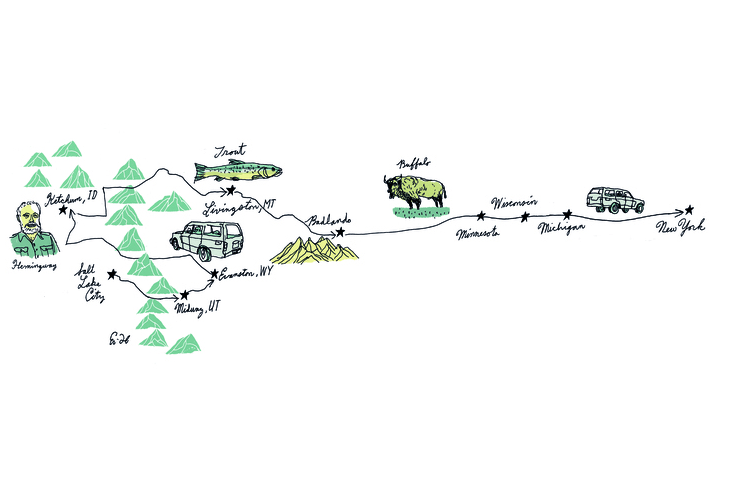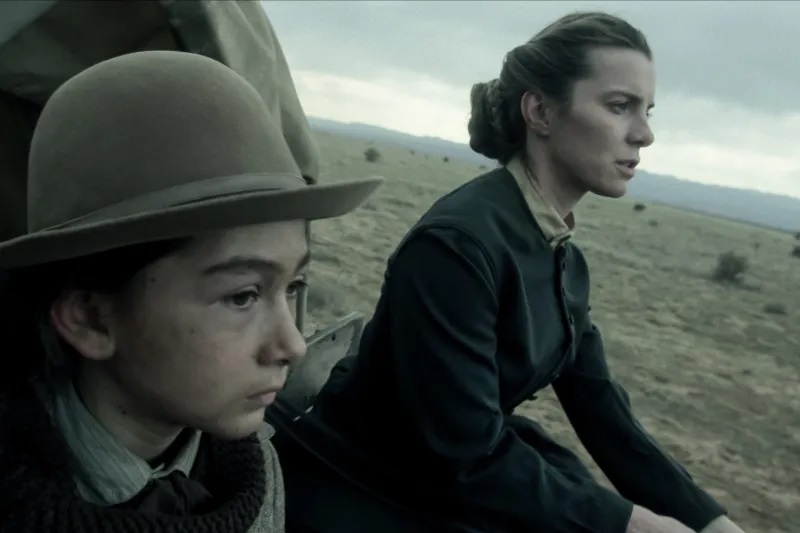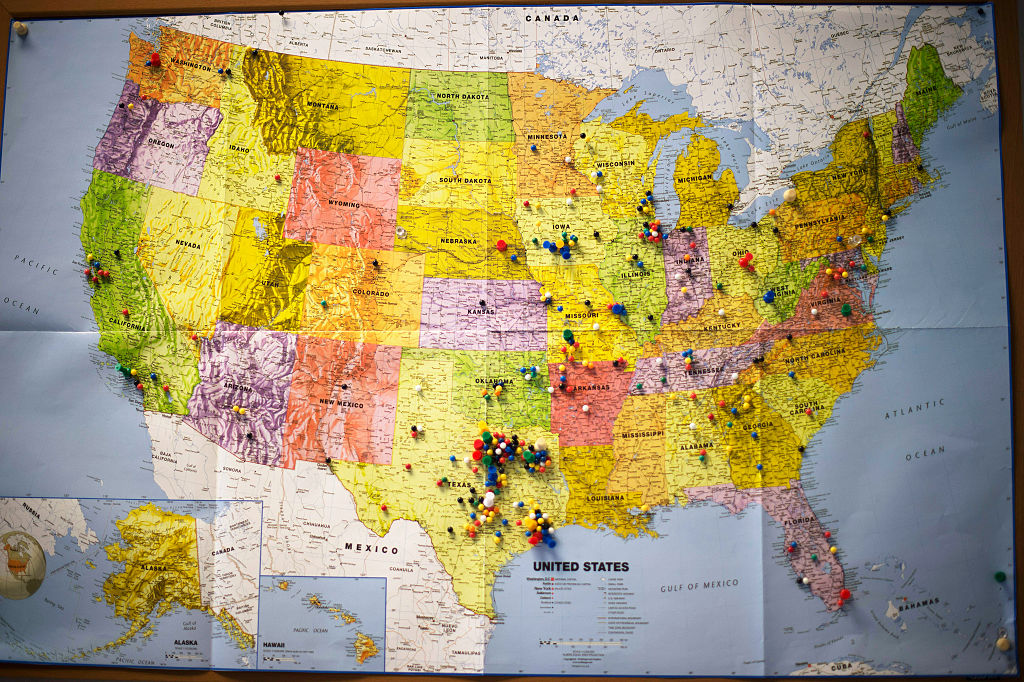I’d been looking for well over a year for what I consider to be the most perfect Japanese-made piece of Americana there is. Scouring the internet on any given day turns up maybe 15 or so available, most in various states of disrepair. It’s the object of desire for most any red-blooded millennial male that salivates over things like dive watches and waxed-canvas jackets. The Toyota Land Cruiser FJ60.
When the COVID pandemic hit, the used-car market exploded as city-dwellers looked for ways to escape a dreary existence in 500-square-foot apartments. What do you do when you can’t be inside? Load the family into the cruiser and head west, of course. National parks saw record-setting numbers of visitors.
The Land Cruiser is a cult model with several different iterations, from the FJ40 (think Jeep Wrangler or Land Rover Defender in body style) all the way through the current FJ200. The most desirable are the ones made in the Seventies, Eighties and early Nineties. But it’s not just Land Cruisers — you’ll see members of my tribe behind the wheel of a classic Range Rover or a Jeep Wagoneer. Maybe their trust fund hit early and they sprung for a Defender 90, which you haven’t been able to buy new in the United States in decades.
These boxy behemoths are the first SUVs, trucks that paved the way for Jeep Wranglers to become indispensable to wine moms for Starbucks runs and soccer practice drop-offs. Originally, though, they were meant for serious work and serious play. Or at least, to make people think you had serious work or play.
Nowadays, these cars are purchased by childless millennial men who yearn for an even simpler time. Much like our parents, we’re buying the things that we couldn’t have when we were kids. Unlike our parents, we aren’t buying muscle cars that are lovingly waxed with a diaper in a garage. When it comes to vintage Eighties cars, the more patina the better. They’re meant to be used and abused.
You might think, given my description, these cars are used for off-roading. Likewise if you think you might take a road trip with one of these. No, actually. These cars are for overlanding. That’s less about getting to your destination and more about enjoying the journey to nowhere in particular, either on roads or off. A less charitable, more correct description would be that it’s a lot like off-roading and road-tripping, except your mechanic models for prepster outdoor clothing brands and you regularly attempt to recreate Orvis ads for your Instagram feed.
One day, while doing my daily browsing of the many message boards and listings, I found it. It was so great I thought it had to be fake, a common bait and switch in the world of vintage car listings. It was a 1985 FJ60 in Evanston, Wyoming. I laid down a deposit over the phone and within two days I was masked up and on a plane to Salt Lake City where I’d have a two-hour drive to an old oil town on the Wyoming-Utah border. That test drive was bliss, something like the feeling of your first cigarette after your third drink. I could barely control the maniacal laughter that poured out of my mouth. An underrated experience is the joy one can receive from driving a car that doesn’t have a microchip. It was perfect in every way, from the white exhaust that roared out of the muffler on start-up to the drug rug covering the backseat, the cassette-tape deck that still hadn’t been replaced to the cigarette lighter still intact and working.
I paid for the Cruiser and was on my way in under 30 minutes, ready for some serious overlanding. I had plotted a trip across the country with no particular timeline in mind. The trip took me around the West, through national parks and across some of the most beautiful scenery in America. Teddy Roosevelt may have been onto something with these lands. My first stop was Midway, Utah to visit a friend, then on to Ketchum, Idaho, the town famous as the scene of Hemingway’s shotgun diet. Exploring the town, I wondered (on my Instagram account of course) what Hemingway would have thought, now that his memorial sits on an exclusive golf course.
From Ketchum to Boise, then back east to Livingston, Montana for some fly-fishing on the Yellowstone River and sleeping in the back of the Cruiser. Campfires and hikes from town to town, park to park. From there to the Badlands, where I met a herd of wild buffalo and groups of people equally enamored. Traveling through America and staying in campgrounds with a pandemic raging reminded me of post-apocalyptic novels where groups of people roam the countryside after the zombie apocalypse and congregate to trade war stories and tidbits about what they’re hearing from the cities. The trip continued through Minnesota, then Wisconsin, then a ferry ride over the lake to Michigan before finally ending back in New York.
The adventures are far from over. Fly-fishing in Maine? Skiing in New Hampshire? Driving down Main Street and basking in the collective envy of every man looking on? The Cruiser and I are ready for more.
This article was originally published in The Spectator’s August 2021 World edition.

























